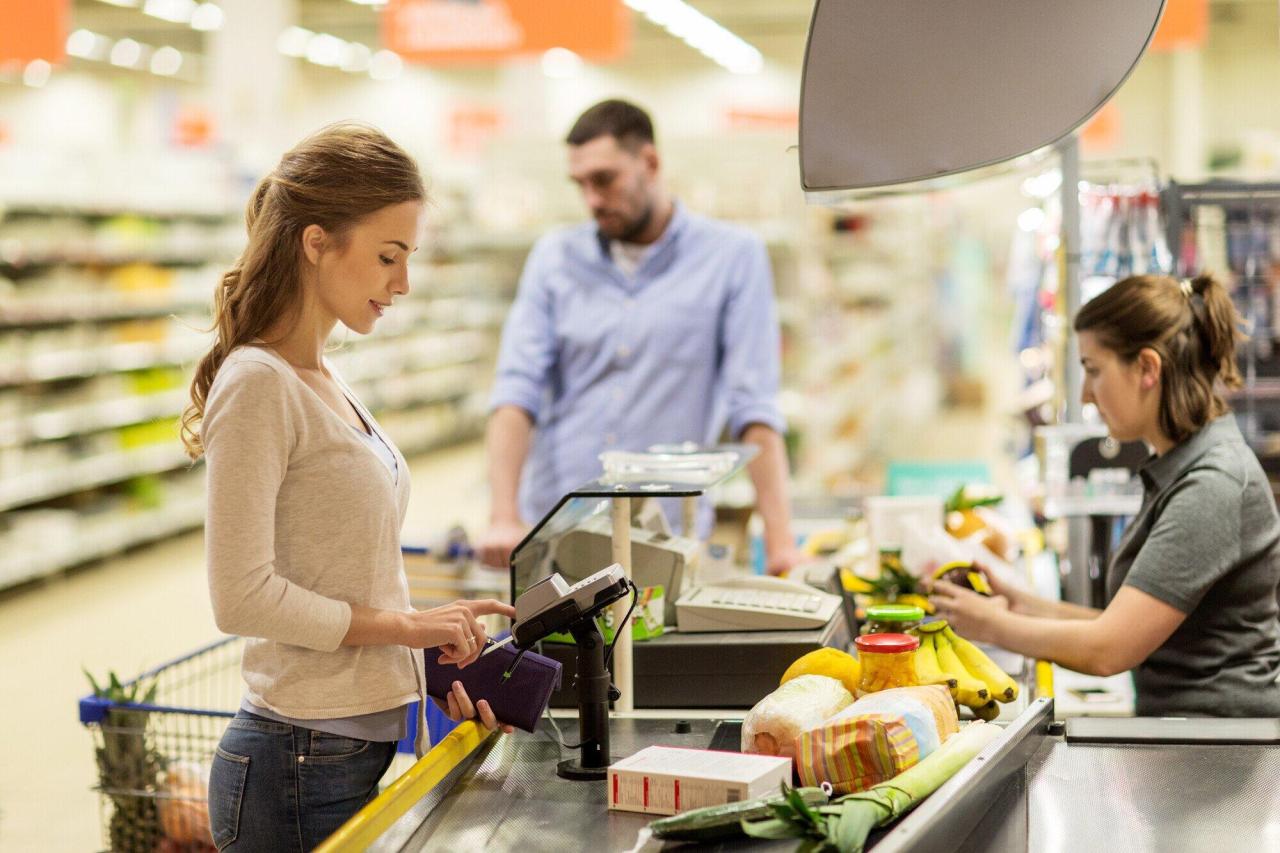Summary
Recent Pew Research Center findings indicate that while 52% of Americans want to eat healthy, 69% struggle to do so due to rising food prices. This harsh reality leaves many health-conscious
Source: WFLA

AI News Q&A (Free Content)
Q1: What innovative strategies are supermarkets implementing to help consumers shop healthily despite rising food prices?
A1: Supermarkets are adopting various technological innovations to aid consumers in making healthier choices amidst rising food prices. One such innovation is the use of Front-of-Package (FOP) nutrition labels, which are designed to provide nutritional information at a glance. However, research indicates that while FOP labels promote healthier purchases, their impact on actual buying decisions remains limited. To address this, nutritional decision aids (NDAs) have been introduced. These tools help shoppers identify healthier food alternatives by filtering and sorting options based on nutritional content, such as the Nutri-Score. Despite their benefits, these aids can be perceived as intrusive, especially when they exert coercive pressure on shoppers. The acceptance of NDAs depends on their design and the perceived pressure they place on consumers to make healthier choices, suggesting a need for balanced interventions that enhance shopping experiences without overwhelming consumers.
Q2: How has the COVID-19 pandemic influenced grocery shopping behaviors and food prices?
A2: The COVID-19 pandemic significantly disrupted global food supply chains, leading to increased food prices. According to a study analyzing the correlation between food prices and the pandemic, there was a noticeable rise in food costs during the pandemic years. For example, food prices increased by 4.1% in August 2020 and 3.7% in August 2021. These price hikes altered shopping behaviors, with many consumers turning to bulk buying and stockpiling, which further exacerbated supply issues. The study highlights the importance of understanding these patterns to better prepare for future pandemics and mitigate their economic impacts on food accessibility.
Q3: What role does food journaling play in promoting healthy eating habits among consumers?
A3: Food journaling has been shown to promote mindful eating and healthier food choices by encouraging individuals to track their dietary intake. However, a study using data from MyFitnessPal found that food journalers do not necessarily follow healthier diets compared to the general population. Despite their inclination towards health consciousness, their eating habits often mirror those of non-journalers. The study also revealed that the duration of journaling has a marginal impact on healthy eating outcomes. Instead, factors like sociodemographics, including gender and region, are more significant predictors of healthy eating behaviors.
Q4: What are the health benefits of under-eating, and how does it relate to grocery shopping habits?
A4: Under-eating, or not eating to satiety, is linked to various health benefits, including longevity and improved health, as it aligns more closely with the dietary habits of our ancestors. Research suggests that our forebears consumed less food, which kept them lean and healthy. Modern grocery shopping habits, characterized by purchasing excess food, contribute to overconsumption and health issues. By adopting under-eating practices, individuals may enhance their health by mimicking the leaner, more active lifestyles of ancient populations.
Q5: How can consumers maintain a healthy diet on a budget amidst rising food prices?
A5: To maintain a healthy diet on a budget, consumers can adopt several strategies. These include planning meals ahead, purchasing seasonal and local produce, buying in bulk, and utilizing store brands. Additionally, consumers can focus on nutrient-dense foods like legumes, whole grains, and frozen fruits and vegetables, which often offer better value. Preparing meals at home rather than dining out also helps control ingredients and portion sizes, further promoting a healthy diet without overspending.
Q6: What are the potential psychological impacts of using nutritional decision aids in grocery shopping?
A6: Nutritional decision aids (NDAs) can have psychological impacts on consumers, primarily affecting their acceptance based on perceived intrusiveness. Research indicates that NDAs exerting high coercive pressure can be seen as intrusive, leading to decreased acceptance. However, shoppers with a strong interest in healthy eating are more likely to accept these aids. The design of NDAs plays a crucial role in balancing guidance and autonomy, ensuring that consumers feel supported rather than coerced, thereby enhancing their shopping experience.
Q7: What lessons can be learned from the correlation between food prices and consumption behaviors during the COVID-19 pandemic?
A7: The COVID-19 pandemic highlighted the sensitivity of consumption behaviors to food price fluctuations. As food prices rose due to supply chain disruptions, many consumers altered their purchasing habits, often opting for bulk buying and stockpiling. This behavior underscores the need for robust supply chain management and transparent communication from retailers during crises. The pandemic also emphasized the importance of promoting resilience in food systems to ensure accessibility and affordability in future emergencies.
References:
- How to Prepare for the Next Pandemic -- Investigation of Correlation Between Food Prices and COVID-19 From Global and Local Perspectives
- With a little help from my retailer: Shopper acceptance of nutritional decision aids supporting healthy grocery shopping
- Does Journaling Encourage Healthier Choices? Analyzing Healthy Eating Behaviors of Food Journalers
- Longest Life in the Best of Health



